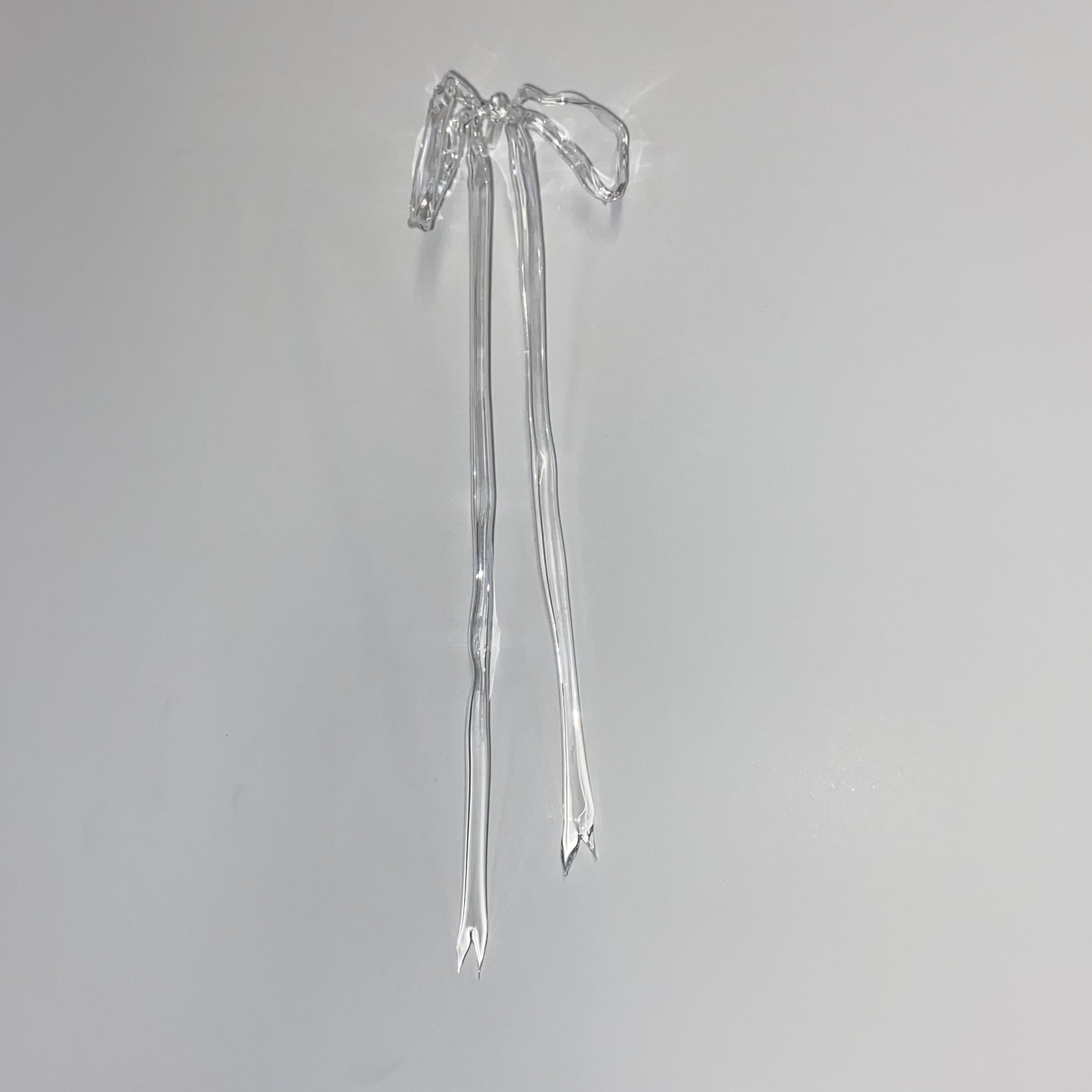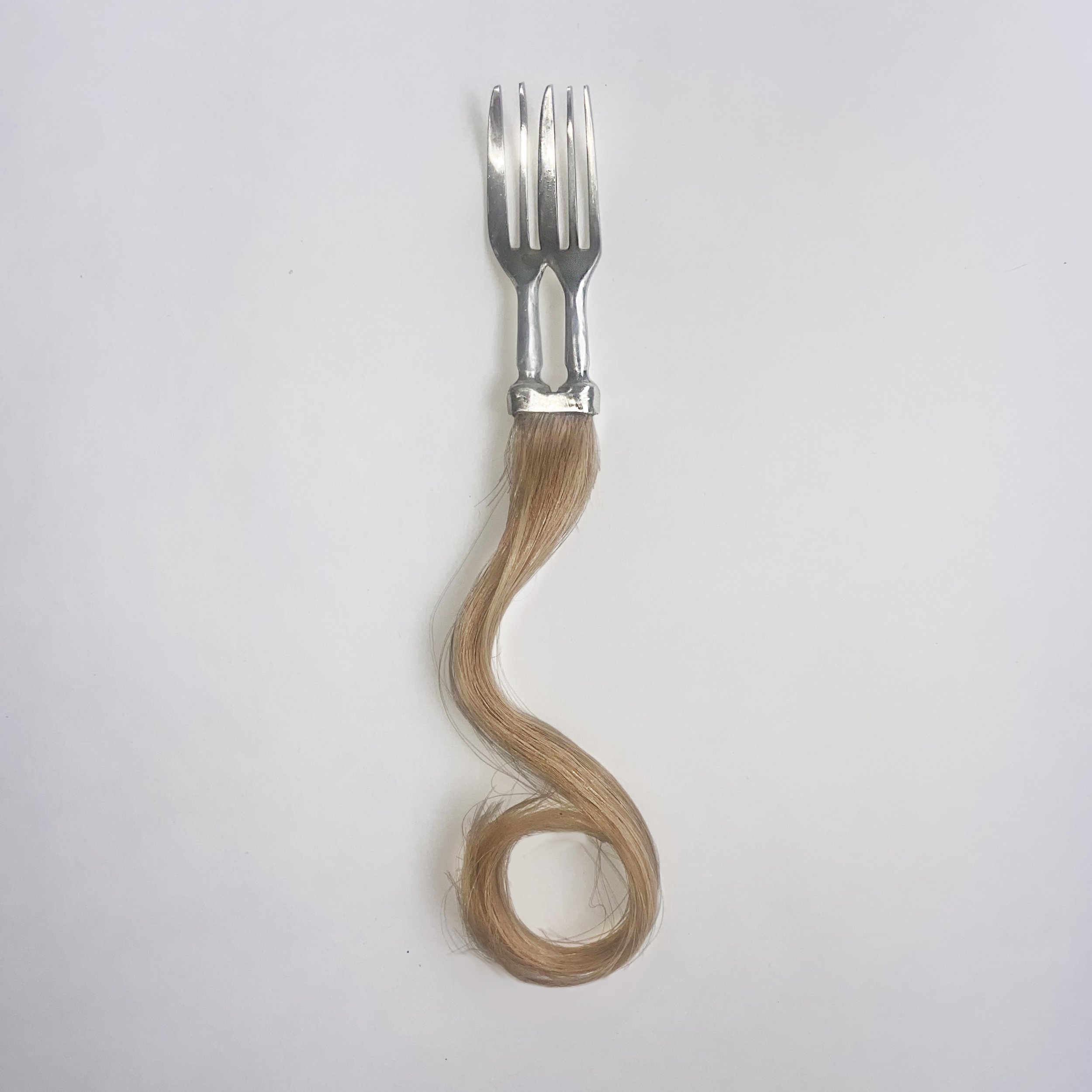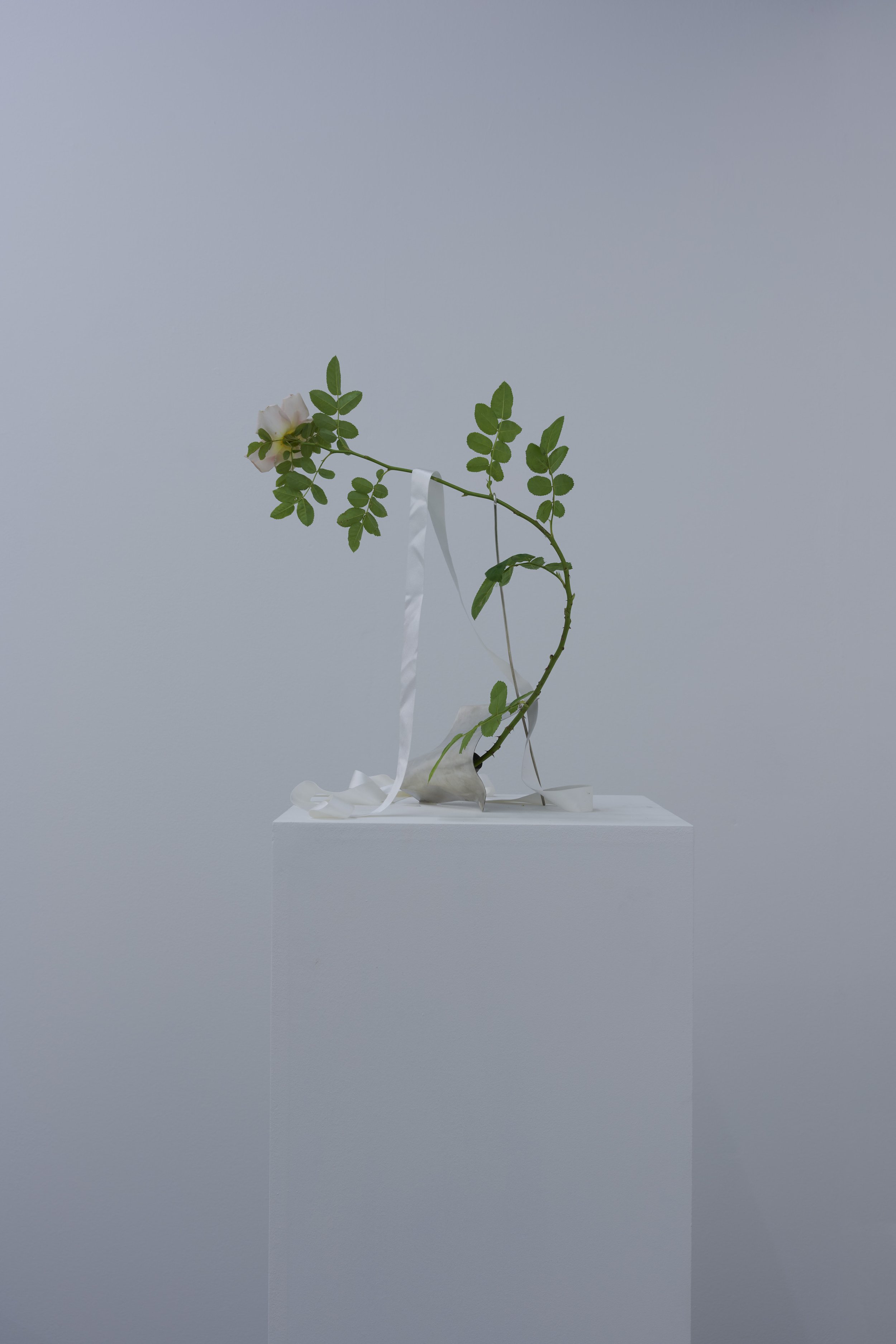Delicate and Sinister
Leo Costelloe's Multifaceted Exploration of Art
In the lively mix of London's art scene, Leo Costelloe stands out, crafting jewelry and sculpture that dance between delicate beauty and a touch of the sinister. An Irish-Australian artist, Leo's work explores the nuanced interplay between beauty and banality, drawing inspiration from spirituality, personal experiences, and the malleable teenage era.
A graduate from Central Saint Martins, Leo's art is a play with materials that hold personal significance. From a cherished floral skirt to a knitted bear with family ties, each piece tells a story that goes beyond its physical form.
In this conversation, we delve into the multifaceted world of Leo Costelloe. From the spiritual influences shaping his craft to the delicate yet sinister nature of his pieces, and his artistic evolution, where objects transcend their physical forms to tell stories of identity, spirituality, and the ever-evolving exploration of the self.
Pilar Alvarado: Your art is all about capturing the vibe of objects, finding balance in beauty and banality. Do you have a specific moment that made you go like, “Yeah, this is what I want to explore in my craft”? Something that resonated with you in an emotional panorama?
Leo Costello: I don’t know that there’s one particular moment I can pinpoint. I’ve always had an affinity for domestic spaces, and I grew up spending a lot of time in the kitchen with my mum. We moved more into the city when I was around 13, and I got my own room for the first time, separate from my brothers as my older brother Athol had left home. I think that’s when I really started to explore how the physical things in my life were reflecting my identity. I’ve always maintained attachments to objects, though. I carried around a floral skirt for the first six years of my life and named it “flowers”. I wasn’t without it until I moved the fascination to a knitted bear I inherited from my older brother. So I think a devoted penchant for objects has always been at the center of my creative practice. I like the consistency of “things”.
Pilar Alvarado: Spirituality is mentioned as one of your inspiration sources. Can you tell me a bit more about the specifics of your practices and how they shape your creative process? Like, how do these elements, themes, and symbols related to spirituality show up for you?
Leo Costello: I grew up in a fairly spiritually ambiguous environment. We weren’t baptized, and both my parents were very open in how each of us (my two brothers and I) constructed our belief systems. My aunty Julie, who stayed with us for some time, would practice witchcraft in our garden, and my dad was raised in a strict Irish Catholic household; we’d visit my grandparents on that side of the family a lot. My Mum’s side of the family was mostly Christian, with some of my cousins under quite strict religious homeschooling regimens. We visited them a bit as well, which probably informed my perspective. It was sort of a religious melting pot. My grandma would give us saint cards and encourage us to get baptized and go to church, my Aunty Julie taught me cord magic, and my mum taught me to make up my own mind. Physically making things for me is very much like witchcraft or prayer. It involves the same attempts in manifesting intentions into physical space. Affecting or intersecting with people’s lives through craft. I think a lot of artists interact with their practices in this way. Out of a spiritual necessity to alchemize the inside to the outside.
Pilar Alvarado: Pop culture is a source of inspiration. What’s on your mind lately, or are you finding yourself most drawn to?
Leo Costello: I’m pretty uninspired by popular culture lately. I like TikTok edits of old Lana Del Rey clips, and I watch a lot of makeup and hair videos to unwind. There are like three YouTube videos I watch if I’m feeling particularly dried up. I’m trying to look outside the internet a bit more at the moment, though. I think once you start to see reposts of your own work on the explore page, it helps to look elsewhere. I’m trying to read every Banana Yoshimoto book translated to English, and I recently saw the Lisetta Carmi show at the Estorick Collection, which I loved. They’re most relevant to what I’m thinking about at the moment.
Pilar Alvarado: London can be a great source of inspiration or a city that dims your creativity. What is the one thing about London that keeps you hooked and inspired?
Leo Costello: My friends, really, and I think sometimes it’s very beautiful. My friend Sharna described the city as “a beast” the other day, and I think that’s the most apt description I’ve heard recently. You can only appease it for periods of time until it inevitably gets the better of you. I don’t think anyone who lives here loves it all the time, and if they say they do, they’re lying, or they’ve not lived here long enough.
Pilar Alvarado: Your jewelry, described as both delicate and sinister, sounds like a real mix of emotions and aesthetics. Can you walk us through the thought process behind some specific pieces? What stories or feelings were you looking to capture?
Leo Costello: It varies depending on what I’m working on. At the moment, I’m working on various works for an upcoming solo show at "Neven Gallery". I’m dipping between sculpture-based work and photography. A lot of the works use varied materials, so the thought processes can sometimes be all over the place. I usually consider the jewelry work from a sculpture perspective, making sure those works exist primarily as beautiful objects before they function on the body. It’s important to me that the jewelry exists beautifully off the body as well as on it. There’s something so special about seeing jewelry on a stand or in a box and having that moment of connection before wearing it, so all the jewelry works do try and achieve that.
Pilar Alvarado: Your journey through different materials, from flowers to metals and now hair and glass, reflects a dynamic exploration of artistic expression. What draws you to constantly experiment with new materials, and how do these choices contribute to the narratives in your art?
Leo Costello: A lot of the work is about exploring a sort of material dissonance to subvert preconceived ideas about gender, sexuality, identity, etc. And a lot of the time, the materials are things I have personal connections to. It’s probably subconscious, my inclination to certain materials. I’m very tactile and driven by aesthetics, so sometimes I just work things I like into the pieces and hope for the best. I also get bored very easily and I'm curious about a lot of things, so I often need change in the work to keep myself interested.
Pilar Alvarado: Tell me about the exploration of masculinity and femininity in your work.
Leo Costello: I’m interested in exploring myself through the work. A lot of the time I'm trying to work things out by sort of transmuting my own feelings into the work. So it feels natural to explore a sort of masculine/feminine dichotomy in the work.
Pilar Alvarado: I am obsessed with your mom, how’s it like working with her on some projects?
Leo Costello: It’s super fun! She’s a very interesting and curious person and a brilliant artist in her own right. We have a lot of fun together, and she’s taught me a lot. I’m very grateful.
Pilar Alvarado: As someone who navigates the art scene and LGBTQ+ spaces, how has being part of these communities influenced your personal growth and perspective outside of your artistic endeavors? Are there particular moments or connections within these communities that have left a lasting impact on you as a person?
Leo Costello: I moved to London when I was 19, and the connections forged here have had a huge impact on who I am and the work I make today. I owe a lot of my cultural upbringing to venues like The Nelson's Head, The Glory, and Dalston Superstore.
Pilar Alvarado: You're already exploring photo and film alongside your sculptural work. How does your approach to these visual mediums differ from your work in sculpture, and do you find them influencing each other in unexpected ways?
Leo Costello: For sure. The physical work is (I think for the most part) experienced heavily online, so it feels natural to further contextualize the work through photography and film. I’m usually pulling from film and photography references, so it feels natural to work in this medium.









